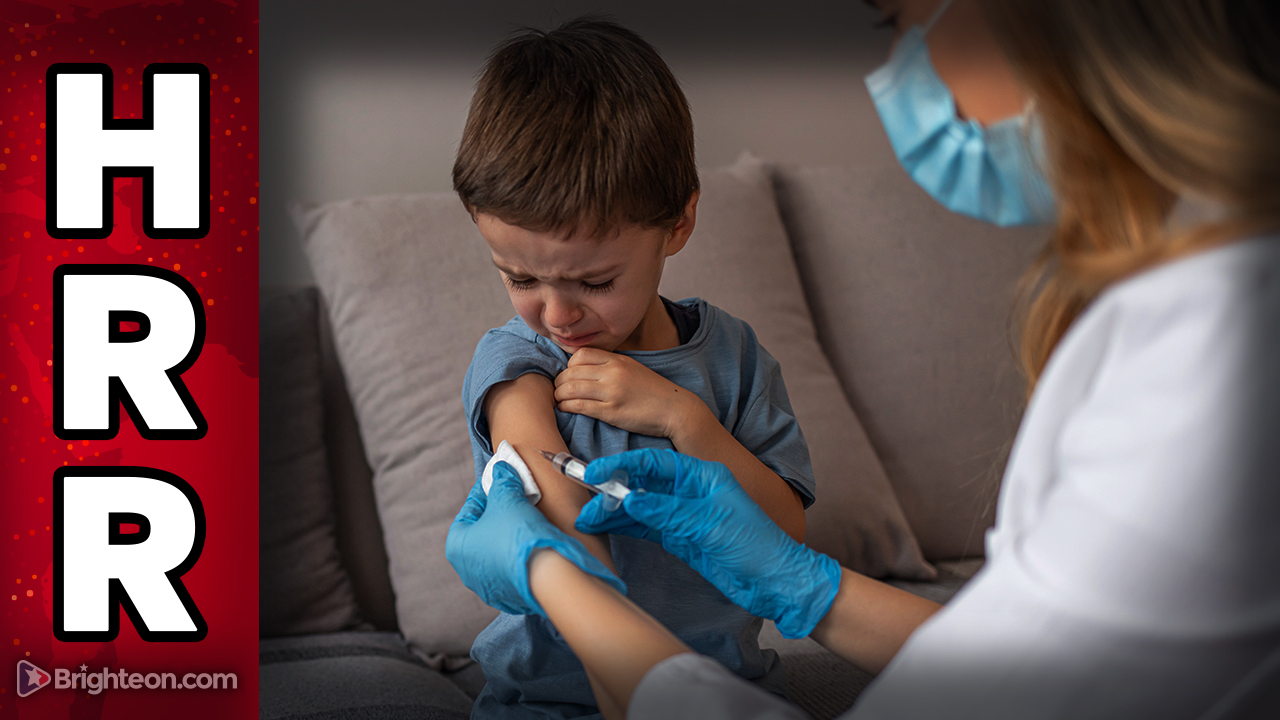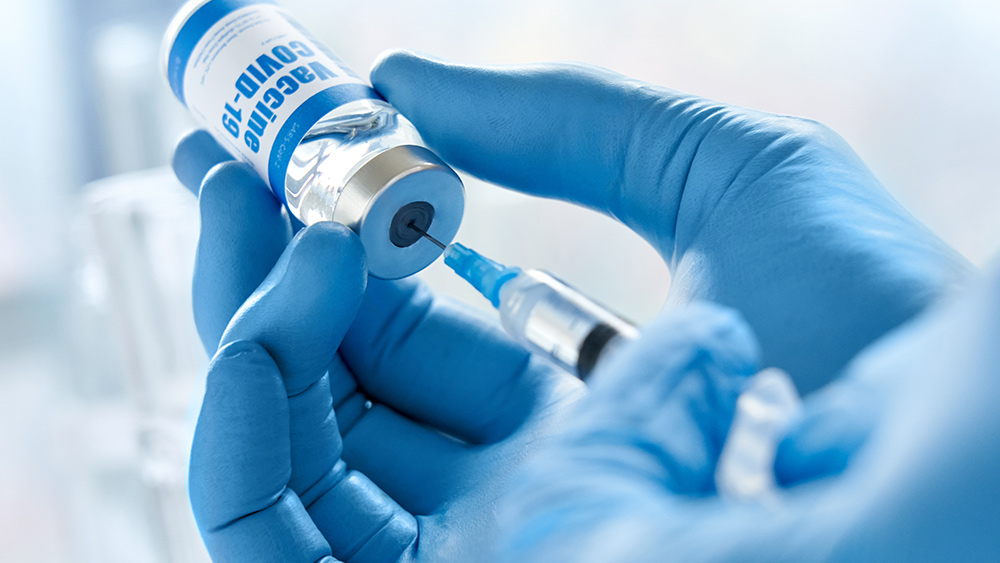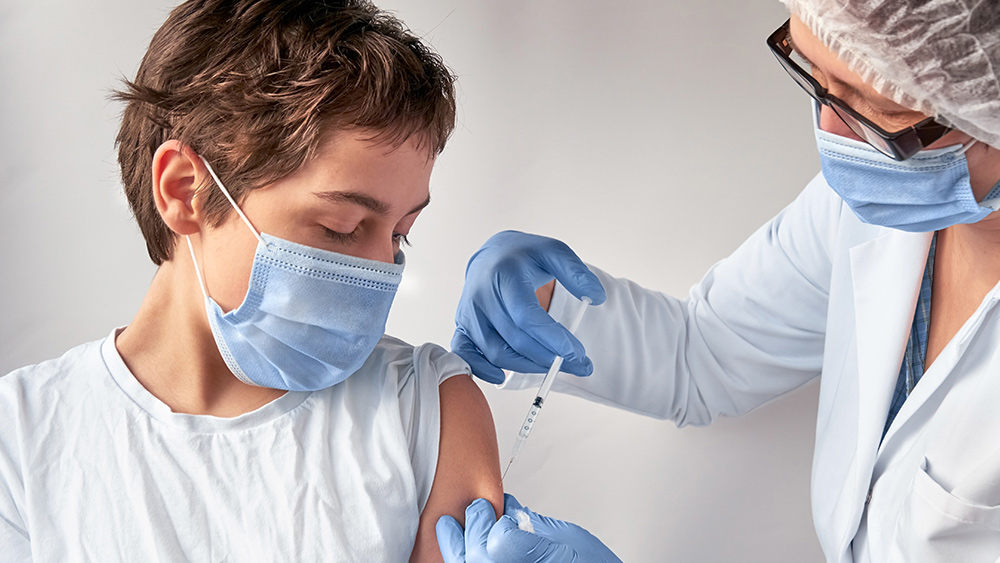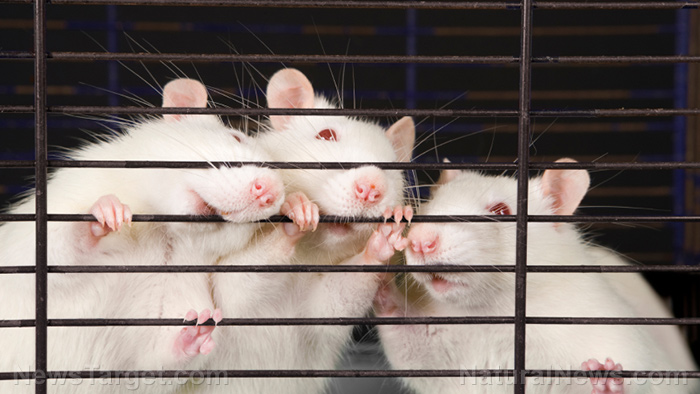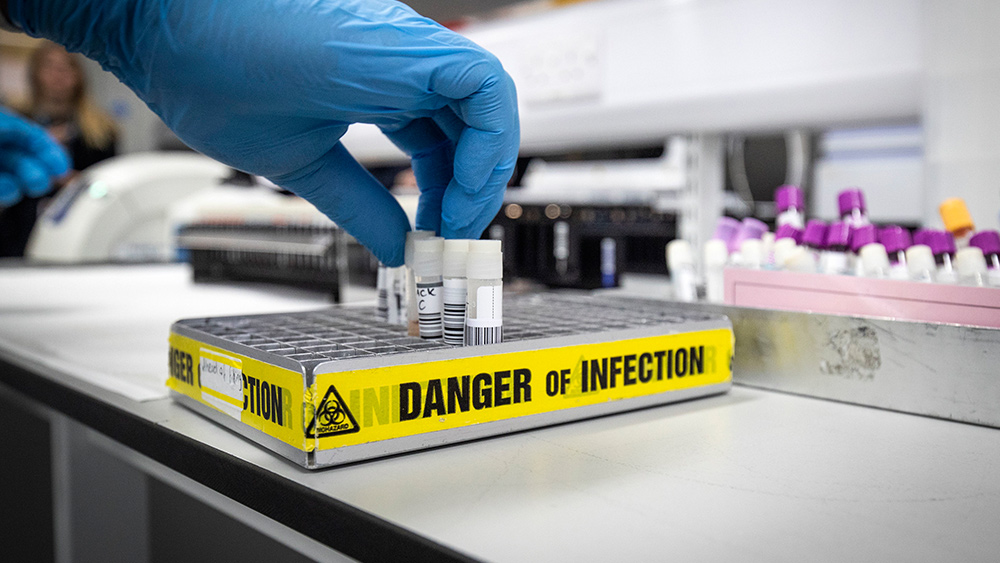Dr. Robert Malone: Boston University broke the rules by creating COVID strain with 80% death rate
10/25/2022 / By Kevin Hughes

Dr. Robert Malone blasted Boston University (BU) in Massachusetts for “breaking the rules” with its creation of a Wuhan coronavirus (COVID-19) strain with an 80 percent lethality rate.
Malone made this remark during an Oct. 19 interview with “Tommy’s Podcast” host Thomas Patrick Carrigan. He remarked that the BU strain is absolutely a chimeric virus version of the original variant from Wuhan, which has a 100 percent mortality rate.
The university developed the COVID-19 strain in an effort to discern whether modifications in the SARS-CoV-2 spike protein are responsible for the shift in mortality associated with the B11529 omicron variant or its later sub-strains. The mRNA vaccine technology inventor, however, pointed out that there are clearly domains outside of the spike protein that contribute to the morbidity and death in the mutant form versus the precursor strain.
“What matters about this is that BU circumvented the rules. They should not have been doing gain-of-function research,” Malone told Carrigan. The renowned scientist added that the university somewhat went rogue in terms of its oversight process for ensuring compliance with federally established norms.
“There is a whole lot of scrambling going on right now about whether or not this was funded in part by the National Institutes of Health (NIH). They had attributed the funding to NIH, but [it] disavowed any knowledge of any authorization or even awareness that these studies were ongoing. So, then we have BU trying to cover its tracks.” (Related: NIH confirms Boston lab that created deadly new 80% death rate covid strain did NOT receive agency research approval.)
Malone: BU shouldn’t have received BSL-3 contract
Malone stated that BU received the contract for a Biosafety Level 3 (BSL-3) high containment facility located in an urban area of Boston – which should not have been awarded to the university in the first place.
A 2013 article on Medium elaborated on these risky facilities, saying that BU’s National Emerging Infectious Diseases Laboratories (NEIDL) “houses BSL-2 and BSL-3 laboratories, in addition to a BSL-4 laboratory.”
Malone attributed this to political motivations by Dr. Anthony Fauci, the head of the National Institute of Allergy and Infectious Diseases, who is set to retire by the end of 2022. He compared Fauci’s actions of allocating grants, contracts and facilities to certain institutions as similar to that of congressmen using pork barrel policies. This, Malone added, is how BU managed to end up with the NEIDL facility.
According to the mRNA vaccine technology inventor, studies such as the one undertaken by BU are often funded as pilot projects in the hopes of getting a larger contract. He added that the general principle to get a contract or major grant from the NIH is to complete at least half of the research that a university is requesting funding for before submitting a proposal.
“Universities understand how this game is played. The way it works is that the deans and the university basically get between a 40 percent, and up to 110 percent tax, on any of the money that’s actually awarded for the purpose of doing the research. We call these indirect costs, but that’s what it is,” he said.
“All of this is really about generating massive amounts of federal subsidy for the medical schools and their research complexes.”
Watch the full conversation between Dr. Robert Malone and Thomas Patrick Carrigan about BU’s new COVID strain below.
This video is from the Tommy’s Podcast channel on Brighteon.com.
More related stories:
Sources include:
Submit a correction >>
Tagged Under:
Anthony Fauci, big government, Boston University, corruption, covid-19, immunization, Moderna, mRNA, NIAID, NIH, omicron, Pfizer, research, Robert Malone, SARS-CoV-2, spike protein, Thomas Patrick Carrigan, Tommy's Podcast, Wuhan coronavirus
This article may contain statements that reflect the opinion of the author
RECENT NEWS & ARTICLES
ScienceFraud.News is a fact-based public education website published by Science Fraud News Features, LLC.
All content copyright © 2018 by Science Fraud News Features, LLC.
Contact Us with Tips or Corrections
All trademarks, registered trademarks and servicemarks mentioned on this site are the property of their respective owners.










